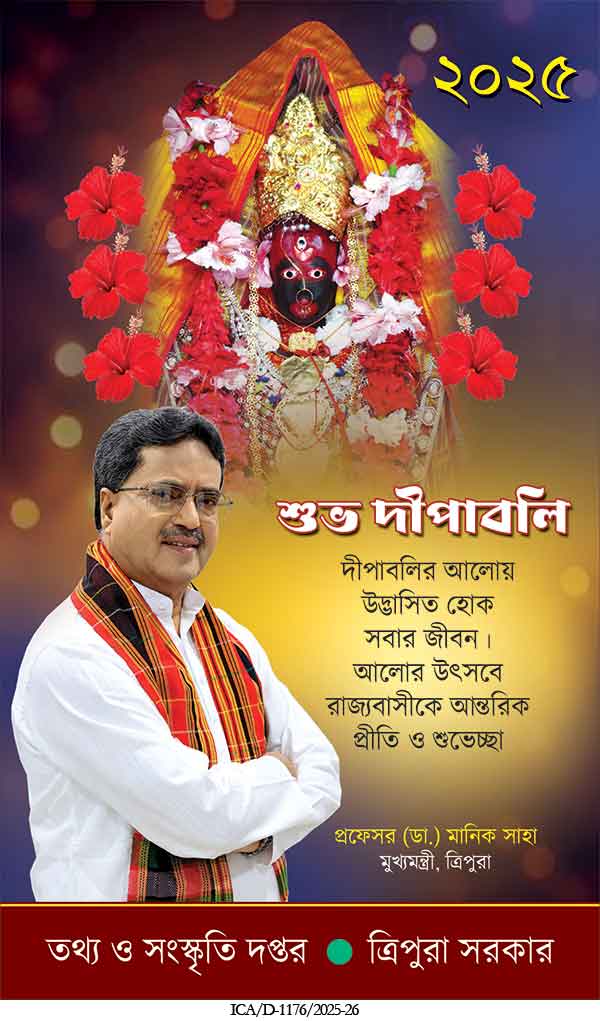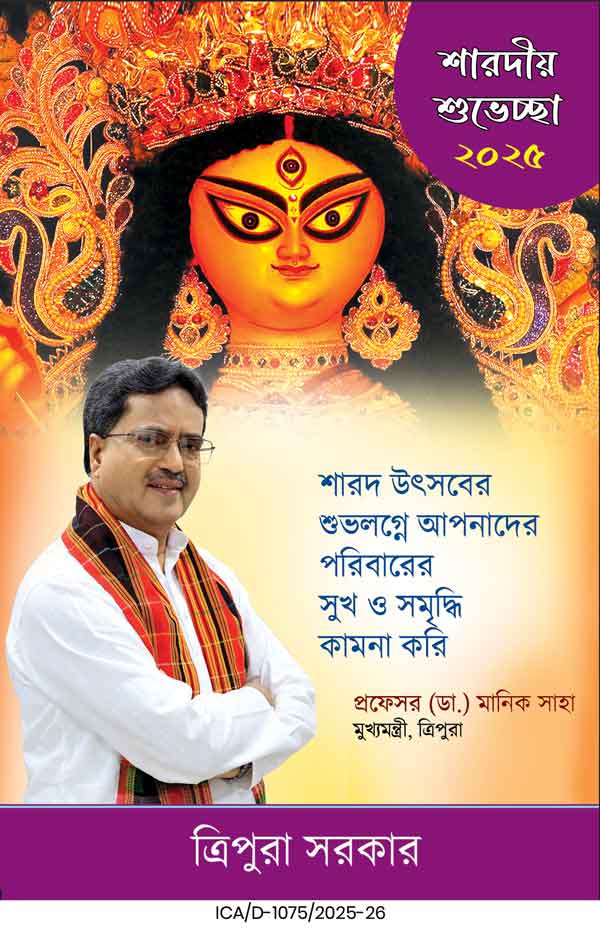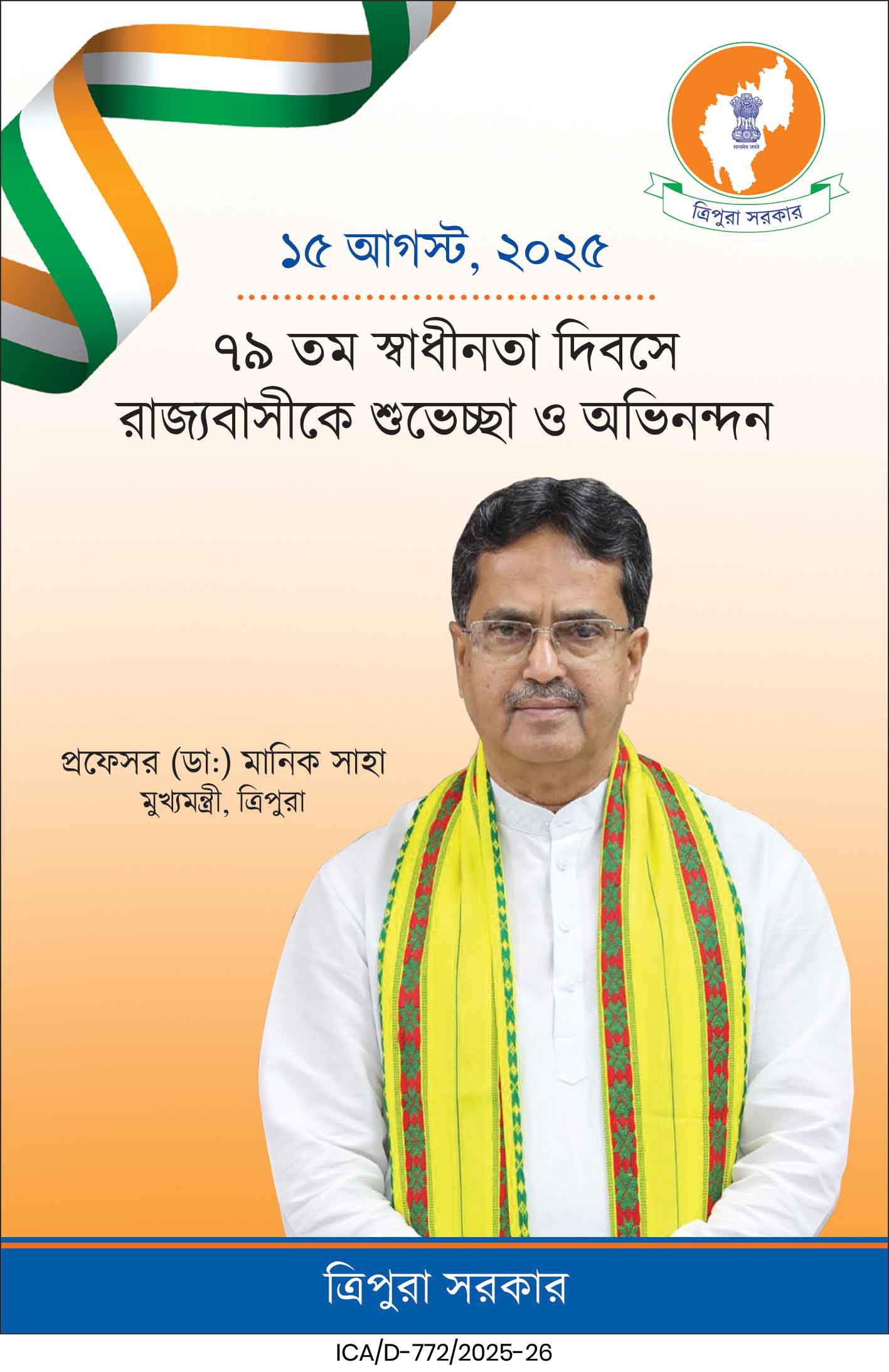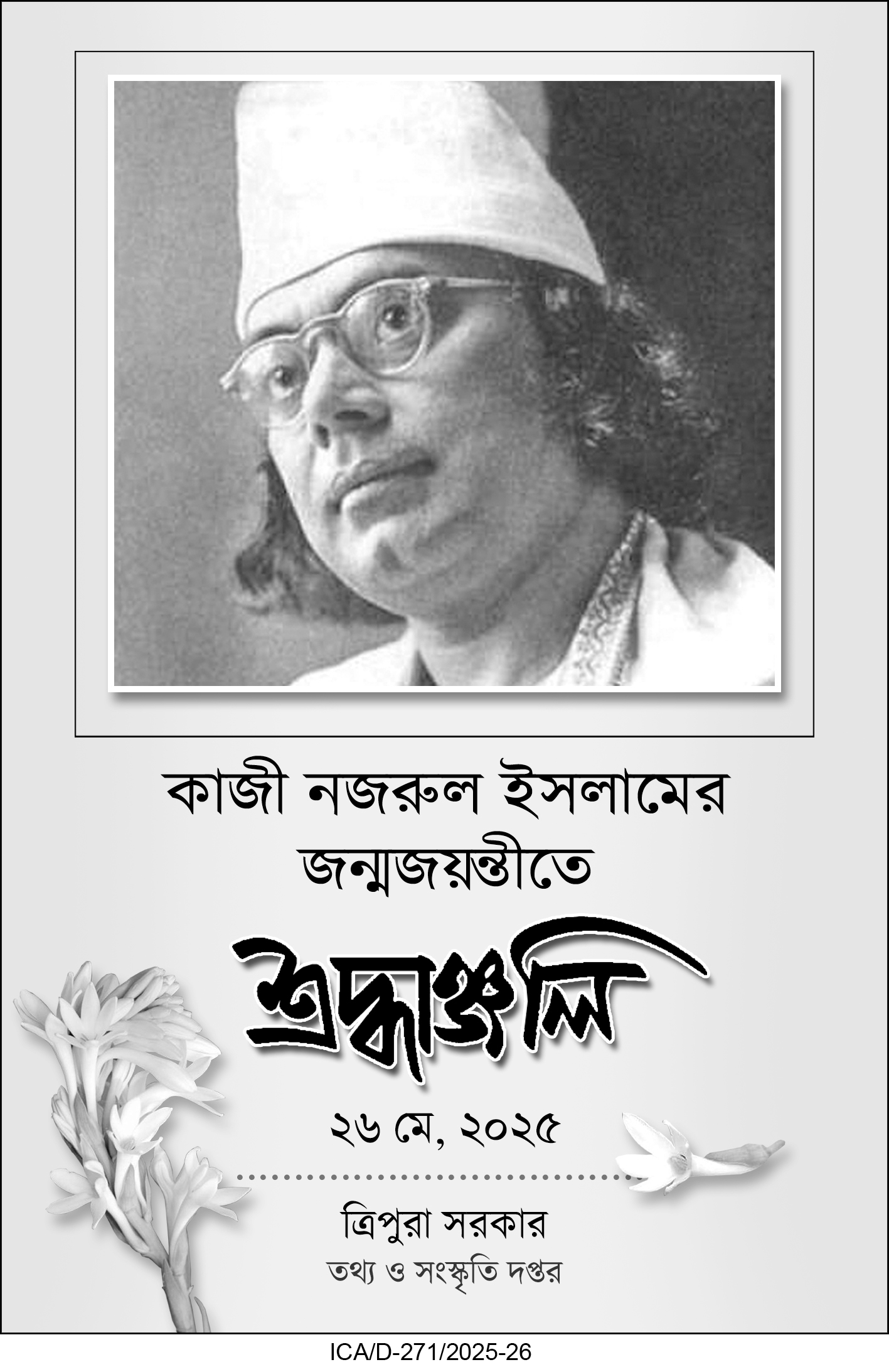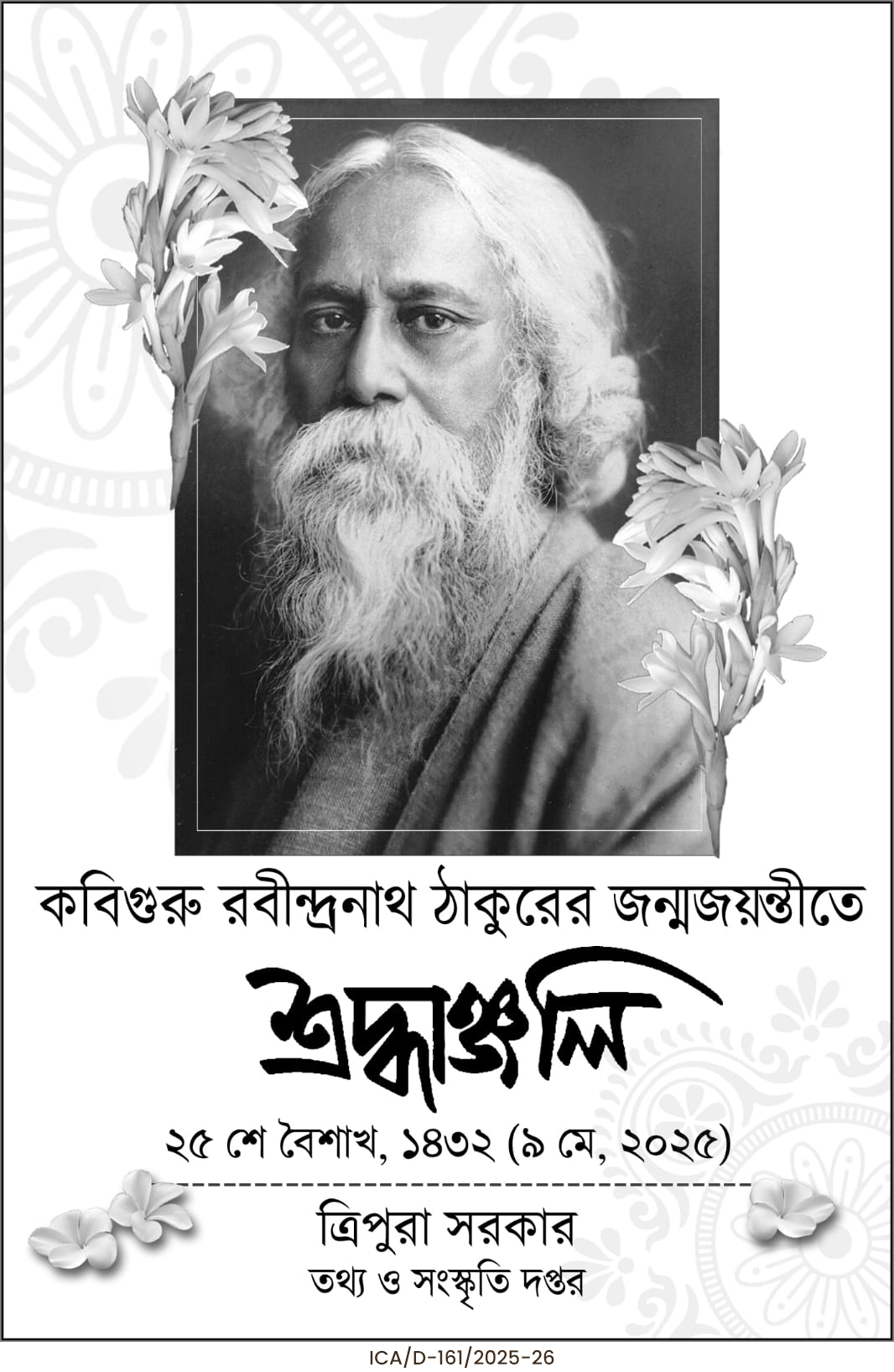The Burning Skies of Tripura : Air Crash Series
There were as many as five air crashes in Tripura . Here is Part 1: When American warplanes fell over Jampui Hills. “Tripura Air Crash Series” tells the untold story of tragedies, courage, compassion, and a war that briefly touched the quiet hills of the state.
Tripura may be one of India’s smallest states, but its skies have witnessed more than their share of tragedy. Over the decades, the state has recorded as many as five plane crashes—three involving American Air force aircrafts during and just after World War II ( 1944, 1945 and 1946), one Pakistani plane in 1953, and one Indian Airlines Fokker Friendship at Agartala Airport in 1970.
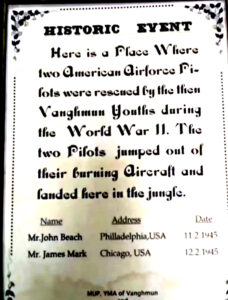
Perhaps, no other state witnessed so many plane crashes on its soil. And that’s not all. In 1969, another aircraft carrying passengers from Agartala to Kolkata went down in Khulna, then in East Pakistan (now Bangladesh), killing everyone on board.
As it happened most of the air crash incidents were forgotten and people are not aware of them.
In this special series, we revisit each of these forgotten stories—beginning with the dramatic crash of two U.S. Air Force bombers in the serene hills of Jampui during World War II.
One more US Air Force plane crashed at Gandacherra- this story will come later.
The stories of the plane crashes in Jampui Hills were handed down to the present generation as oral stories. Many senior Mizos in Jampui Hills like J D Mawia , an eminent activist and respected Mizo elder, can vividly tell the stories- in fact day to day events. Here he tells the story to us.
First crash : The American Bomber That Fell from the Sky
As World War II neared its end, around mid-December—when people were preparing for the Christmas—on December 14, 1944 (Thursday) at about 9:00 PM, a bomber aircraft suddenly appeared in the sky above the hills to the west. It was seen burning and descending rapidly. The first person to notice it was Mission Teacher Pu Thluma (father of Rev. Hnehliana), who shouted, “ you all, come out quickly, an airplane is about to crash into the village!” ( Pu in Mizo language means Shri/ Mr)
The people of Vangmun ran out and watched in fear as the burning aircraft flew low over the village and then disappeared beyond the ridge. A huge flash of fire lit up the night sky when it hit the ground, followed by a loud explosion. People thought the village itself might have been hit.
Men quickly prepared torches and hurried to investigate, but due to the darkness and confusion, they could only stay gathered in the village and watch from afar.
The next morning, people who went out to inspect found the crash site near Lungthirêk, brushing along a large Siksil tree, that still stands today. The explosion had been so massive that the plane was completely destroyed and caught fire. Villagers who arrived there were horrified by the sight of massive wreckage.
The villagers assumed that the pilots had died instantly. But later, they learnt that two Pilots were found alive at Sakei river in the outskirt of Hmunpui village. The Mizo villagers could not ascertain as to what actually happened to these two pilots, but they assumed that somehow the American pilots found way to their homes either via Assam or some other parts of the North Tripura. (this is the only crash of five in Tripura in which the pilots’ fates were not conclusively ascertained)
As the villagers searched, they found fragments of metal, and parts of the plane scattered widely. The bomber had carried a heavy load of oxygen cylinders, which caused the massive explosion, and the remaining unexploded cylinders were thought to be bombs by the villagers.
The Aircraft and Its Origin
The plane that crashed was a B-24 Liberator (U.S.A.F. 1941 model) belonging to the Americans. At first, the people of nearby villages didn’t know the details, but once the news spread; people came from all around, even from Mizoram—to see the site. The entire wreck area was covered with broken parts of the aircraft.
Soon, local blacksmiths and artisans began collecting the metal pieces for tools and household use. Some of those materials are still said to be in use today in homes at Jampui Hills. Later, Pu Neihthanga, the most renowned local blacksmith and father of Dr. Rosangluaia of Jampui Hills along with a group of young men, organized a major recovery effort and brought back many items from the crash site to the village. The aluminium and other metals from the plane became valuable materials for household utensils, and people from other areas even came to buy them.
Traders from Mizoram also purchased the scrap metal, and the profits were shared among the locals..
Second Crash—and a Story of Humanity
As World War II had not completely ended but was slowly coming to a close, aircraft continued to pass over Jampui Hill frequently. It was during this time that another tragic event occurred. Christians later said that it was through God’s protection that Jampui Hill was kept safe throughout the war.
About over a month after the first crash — on February 10, 1945 (Saturday evening) — another American aircraft from the east was seen burning as it crashed rapidly to the ground. Like the previous one, it seemed to have fought desperately before going down, but this time it crashed on the western side of the village, near Nêlkáng phai, by the Patisuri River (toward Kanchanpur).
There were three pilots on board this plane. One of the surviving pilots was rescued by the Reang/Bru villagers after the plane went down. The people, with sympathy, offered him food, including rice, fermented fish, boiled eggs and some tea brewed from local herbs. They said he found it difficult to eat because the odour was too strong and the rice was dry. The other two pilots had parachuted down elsewhere, reportedly somewhere near Vanghmun, though no one knew exactly where.
The next morning, February 11, 1945 (Sunday), a group of villagers went out to search for the missing pilots. From Phâibâwk Hill (the present site of the Eden Tourist Lodge), they saw something shining on a tall tree and went closer to look. They found a parachute hanging from a tall tree, and nearby hang of one of the pilots.
This was the plaque that was once erected near present day Eden Tourist Lodge at Vangmun in memory of the two American pilots who were rescued there . Pic Courtesy Bikach Das

As they approached, the still body of the pilot moved slightly, and he groaned faintly. When the villagers came closer, the pilot, apparently frightened, pulled out his pistol and fired a shot into the air. The villagers quickly hid but did not flee. Soon, realizing he meant no harm to them, they came closer again. The pilot, weak and in pain, murmured words “Au, au…” and then faintly said, “Come, come”.
Among the searchers were Pu Lalṭhuama Sailo, who could speak some English, and R.L. Hnuna, a Mission School teacher. They called out, “We are your friends, we have come to help you,” and slowly approached him.
They found the parachute hanging on a high branch of a tall tree on the hill. Then, Pu Dârchuhthanga, a strong and skillful man of Vanghmun, climbed up and carefully retrieved the parachute. The pilot was found lying beneath the tree, and the parachute cords were tangled around him. The villagers gently brought the pilot down, showing great care and respect.
Pu Zapuivunga, deeply moved, cradled the body in his arms and said affectionately, “My son, my son.” The villagers said that Pu Zapuivunga wept often afterward whenever he remembered the sight.
The name of the pilot is John Beach, a 21-year-old son of a widow from Philadelphia, USA. He was described as a tall, handsome young man with a fair complexion. He was taken in and cared for by Pu Lalhuapliana Sailo, the Chief of Vanghmun. John Beach told them that he had been thrown out of his plane during a bombing mission and believed his friends might still be alive.
On February 12, 1945 (Monday), the villagers began searching again for the remaining pilot. Near the Chhâwngavau stream, they heard a gunshot. It turned out that another pilot, upon seeing people approaching, had fired his pistol in fear. The villagers recognized the sound and, unafraid, went ahead. Soon they found him sitting weakly by the riverbank, exhausted and wounded.
He was gently brought back to the village and later to the Chief’s house, where Pu Lalhuapliana Sailo and others cared for him.
This second pilot was James Mark, a 32-year-old man from Chicago, USA. He was married but had no children. The villagers gathered around him in awe and sympathy.
When the villagers were crowding around, a local teacher, Pu Thanchhinga, asked in broken English, “Where are you going?”—a phrase he knew from school. This became a fondly remembered event in Vanghmun.
Pu Zâikhûma (Elder H.R. Zaikhuma) later said jokingly, “If it had not been for Pu R.L. Hnuna, who could communicate with them, we might not have been able to properly understand or help those foreign pilots.”
In memory of this event, when Pu Dâra’s son was born later in 1945, they named him Sâpchharliana (“Big founder of a white man”), a name that still exists today. Pu Sâpchharliana and his family still live in Vanghmun.
The two American pilots who survived were greatly touched by the villagers’ kindness. The Mizo people shared their meagre food with them, even though rice was scarce at the time. The Americans loved tea but found the strong local rice beer (Zu) difficult to drink. The Mizos said that despite the language barrier, the pilots often said “Thank you” and “O.K.”, which became well remembered.
Years later, Pu Dâra reminisced, “Our white pilots used to say ‘O.K.’ all the time. I wonder if the young English speakers today still use it as much.”
The two pilots were later escorted by Pu R.L. Hnuna and Pu Sêla through Damchhera. They stopped at the Forest Beat Office, where they ate together with the forester, a Bengali man, though communication was difficult. From there, they were taken to Makura Forest Office, and finally to Isabil tea garden, where they were handed over to British Indian authorities.
Before parting, John Beach gave the villagers a small amount of money as a token of thanks. The other pilot, James Mark, was said to have been asked by his wife that if he ever returned home alive, he should with an elephant head as a trophy and souvenir. Luckily, on their way to Kailashahar Airport, they found a young wild elephant, shot and killed it, and with the help of the local Chakma villagers, they beheaded the beast and took home its head. One can only imagine how happy his wife would be when he brought it home!
Eventually, they were flown from Kailashahar to Dhaka and from there safely back to the United States.
Later, they sent letters of gratitude to Pu Lalhuapliana Sailo and R.L. Hnuna, thanking them warmly for their help and hospitality. For the villagers, those letters became relics of a time when war briefly fell upon their quiet hills—and humanity rose above it.
Pu R.L. Hnuna often recalled later, “Those white pilots always said ‘O.K.’ with smiles and with a cigar in their mouths; their English accent voices still echo in my memory.”
(Next Part will include the story when an American Air Force plane carrying military/ navy/ air force personnel and coffins of US soldiers for reburial crashed in remote part of Gandacherra).
This piece is written with the help of Dr Z Pichuau and as told by JD Mawia. We acknowledge their credit and contributions.
Credit of the Picture of the plaque that was once erected near present day Eden Tourist Lodge at Vangmun goes to Bikach Das.
Also published in Tripura Times
Also Read :Cargo plane skids off Hong Kong airport runway into sea, leaving two dead
Also Read : Tripura pays tribute to Fallen Heroes on Police Commemoration Day

